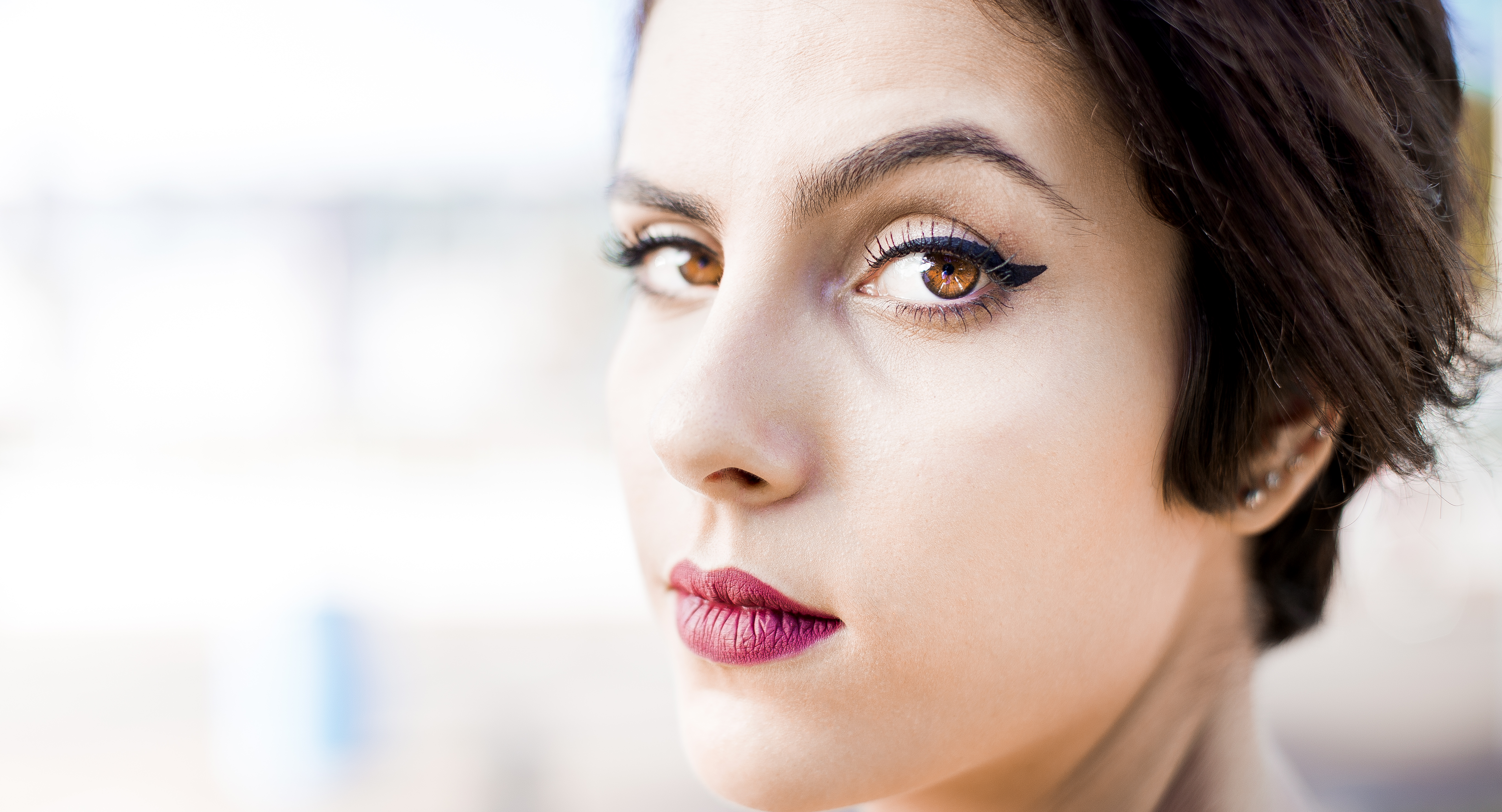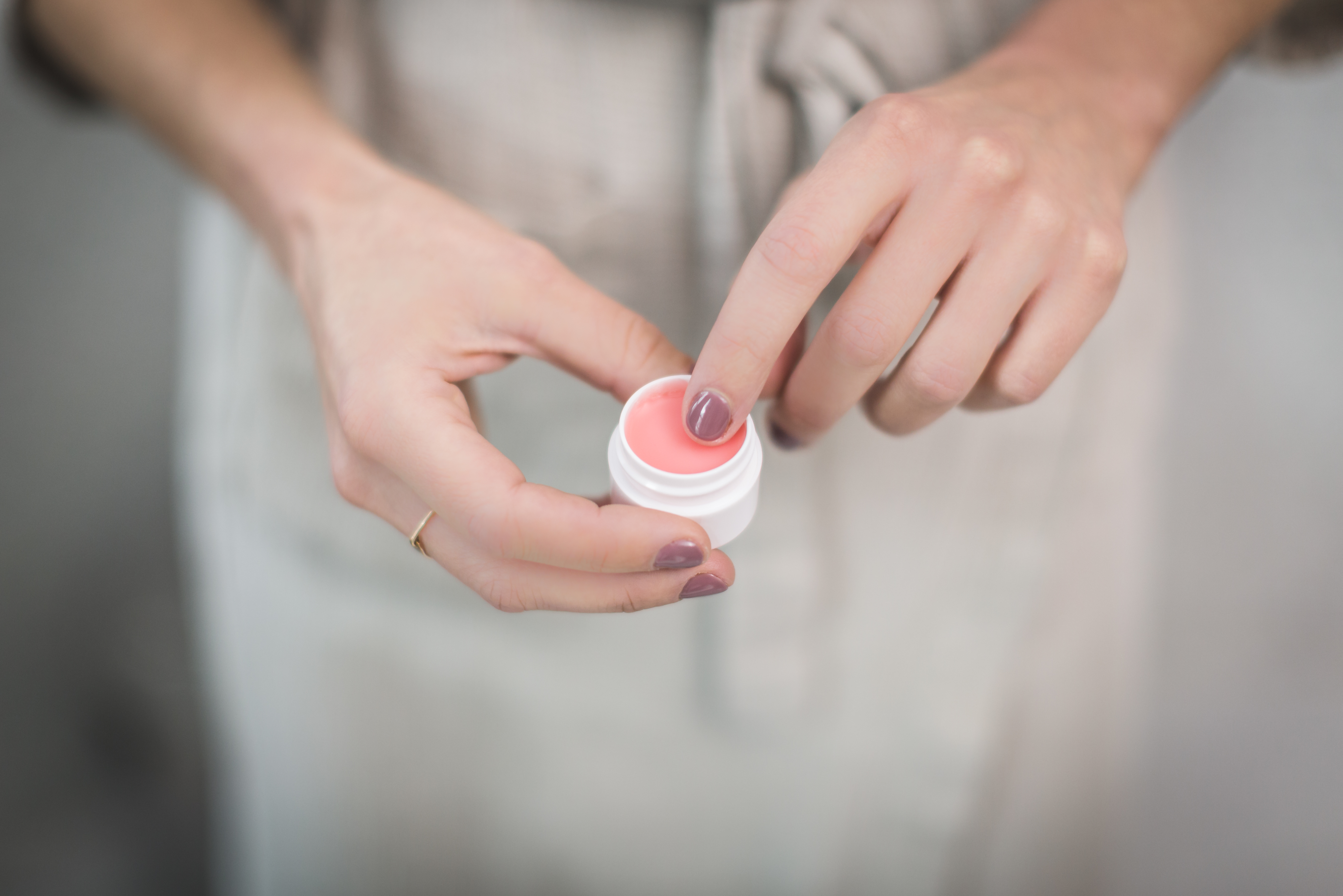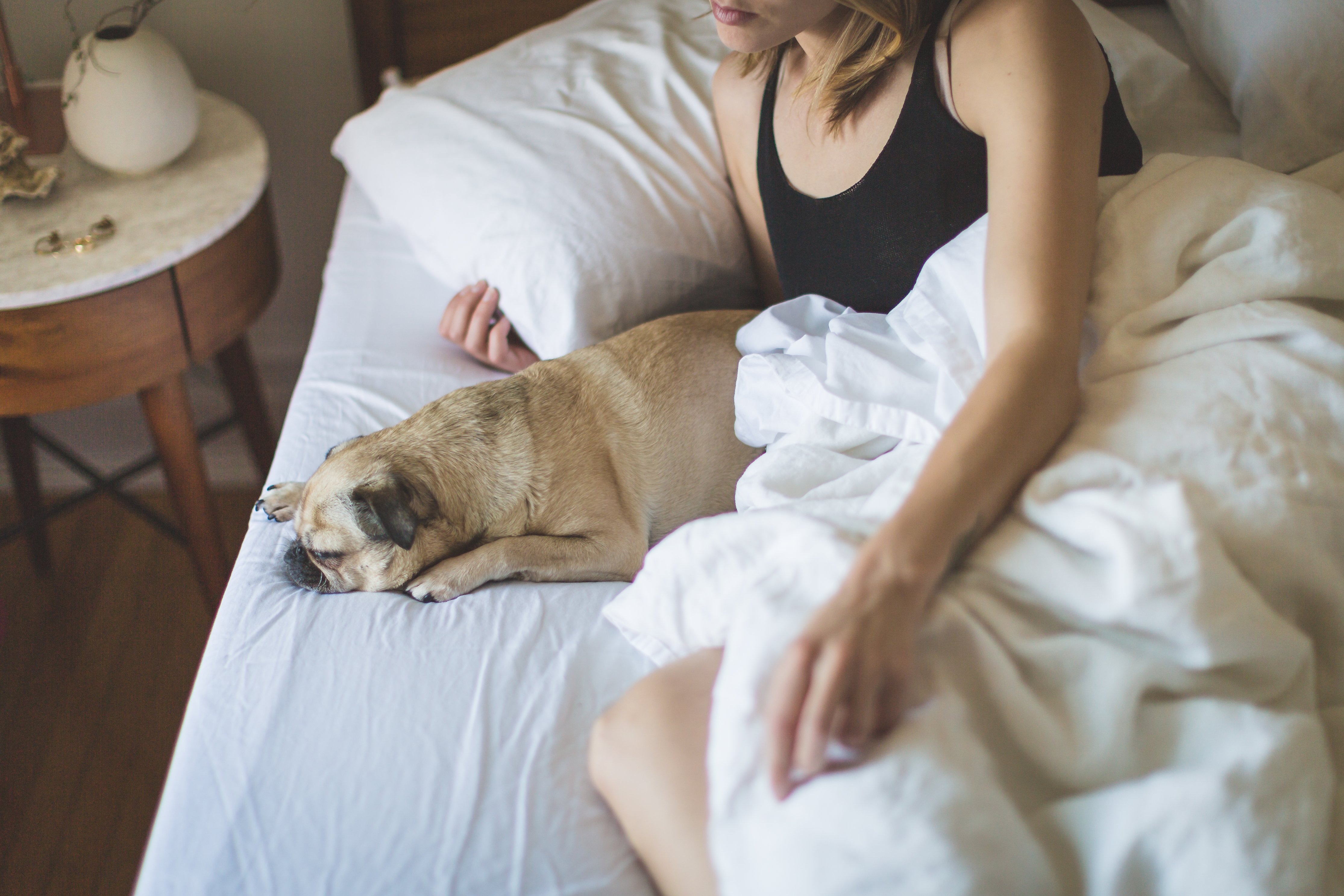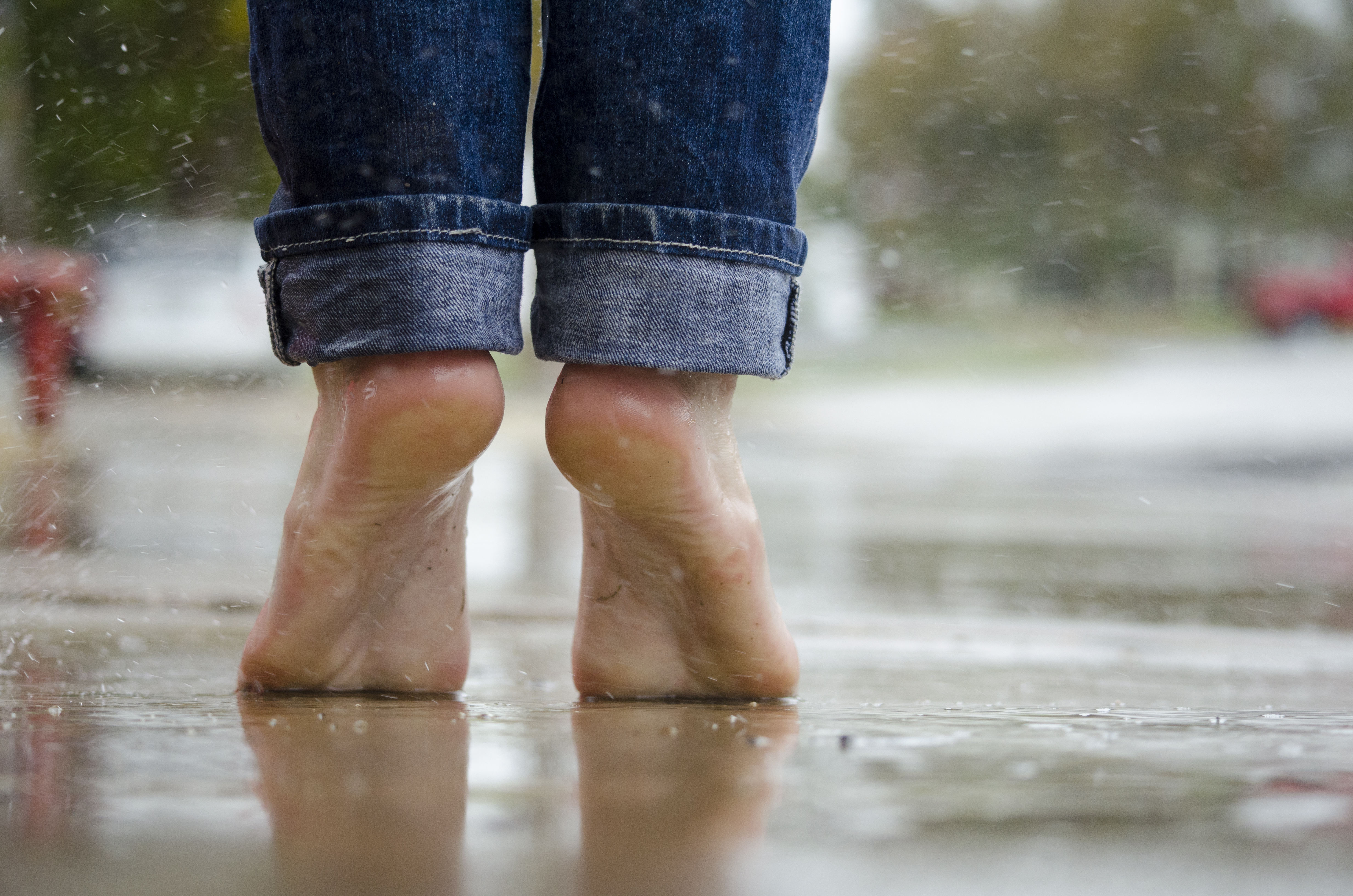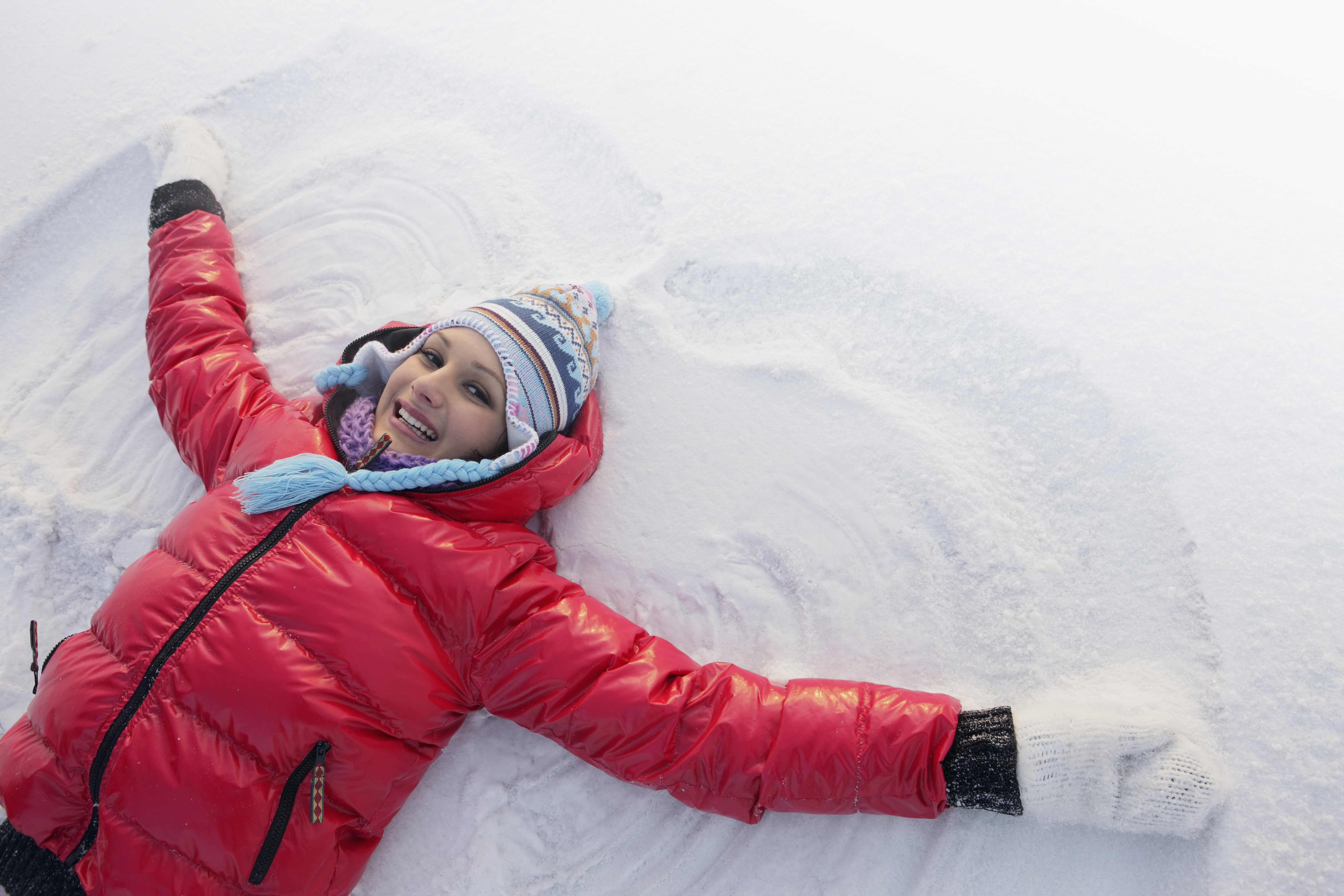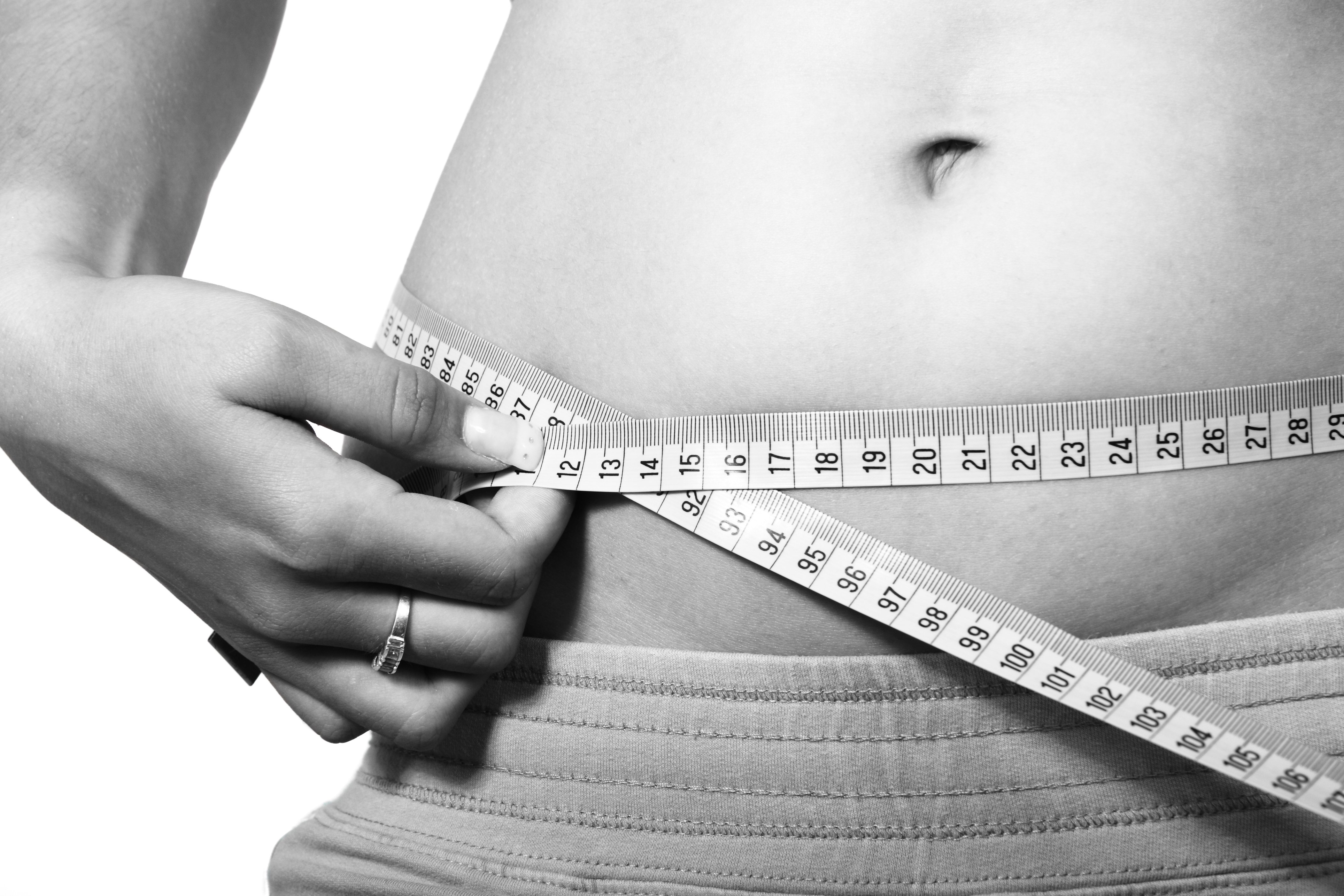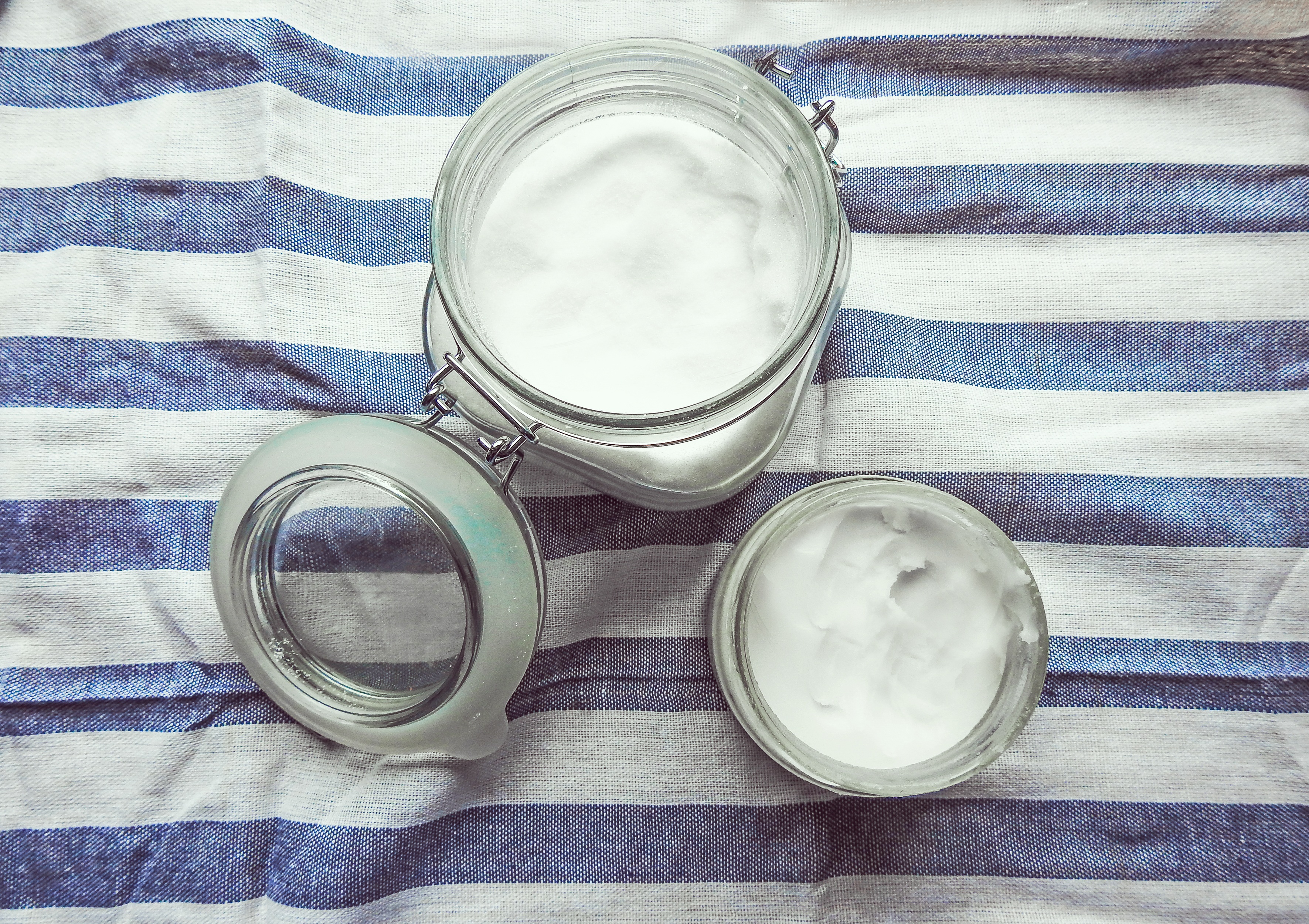Chemical peels have got somewhat of a bad wrap in the past. Who remembers the classic Sex & The City episode where sex pot Samantha got a peel ahead of Carrie’s book launch? Or when Dennis from Always Sunny in Philadelphia’s chemical peel went awry? Don’t let the sitcoms scare you though — chemical peels can work wonders for the skin when done correctly. And as celebrities and influencers have publicly embraced them and other cosmetic procedures, people have become more and more curious about chemical peels. Have you every wondered whether a chemical peel would be good for your skin? Here’s what you need to know about them.
First of all what exactly is a chemical peel? It’s a chemical solution applied to the skin causing it to exfoliate, revealing a fresh, renewed layer underneath. It’s an outpatient procedure performed by a health care professional.
To put things simply, chemical peels rejuvenate your skin. They remove the layer exposed to the elements and reveal another one. They make you look healthier and younger by unclogging your pores, clearing acne, evening out and softening skin, and reducing fine lines. They improve the texture, cell turnover, moisture retention, and collagen production.
Cell turnover, moisture retention and collagen production aren’t terms you probably hear of often if you aren’t well versed in beauty and health, but they are absolutely fundamental to maintaining beautiful, youthful skin. Chemical peels are especially helpful because as we age, our bodies stop doing these things on their own naturally at the rates they once did.
You can get chemical peels from an esthetician or a physician. Those administered by an esthetician tend to be very gentle. While they may give your skin a glow, they don’t compare to the medical grade peels that a board-certified dermatologist would perform.
In my office, the three most popular peels performed are the vi-peel, the modified jessner’s peel, and the salicylic acid peel. The VI-Peel works well for preventing many signs of aging, including fine lines, wrinkles, and brown spots. The modified jessner’s peel works well for conditions like melisma. Lastly, the salicylic acid peel works wonders for acne.
Don’t get a chemical peel if you’re pregnant or nursing. The effects they can have on children are still largely unknown. There are plenty of other alternatives for patients that are pregnant or nursing that don’t put their children at risk.
Although chemical peels can help people of all complexions and hues, the lighter your hair and skin, the lower your risk of uneven skin after the procedure. Patients with darker hair and skin are still eligible for chemical peels, but should be mindful and cautious, and seek doctors experienced with ethnic skin.
If you’re suffering from sagging skin or severe wrinkles, a chemical peel is not the right procedure for you. Chemical peels also don’t work for dynamic forehead wrinkles (you need botox for that!). If you want to know what procedures I recommend based on your age, check out my blog post 4 decades of beautiful skin.

